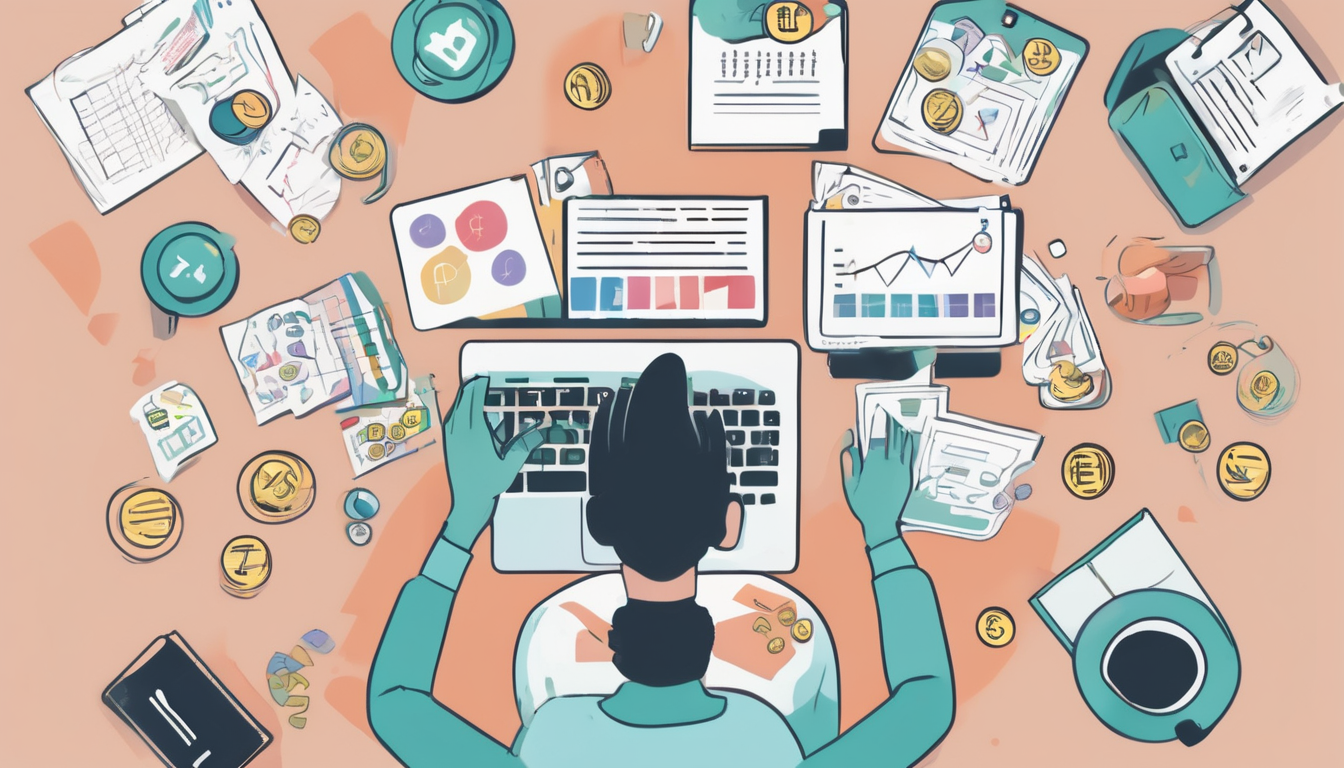
Capital Personal explains how behavioral finance in everyday decisions shapes simple money choices, from daily spending to long-term investing goals.
Traditional finance assumes people always act rationally. In reality, emotions and mental shortcuts drive many money moves. Behavioral finance in everyday decisions shows that fear, overconfidence, and habits often matter more than pure logic.
Because of this, people frequently overspend, delay saving, and hold losing investments for too long. Behavioral finance in everyday decisions helps explain why intelligent people still make predictable financial mistakes.
Therefore, understanding these patterns is practical, not academic. It can improve how you budget, shop, save, borrow, and invest. Behavioral finance in everyday decisions uncovers the hidden triggers behind both good and bad money behavior.
Loss aversion means losses feel worse than equivalent gains feel good. Behavioral finance in everyday decisions shows that losing $50 hurts more than gaining $50 pleases you.
This leads to several problems. People avoid investing because they fear short-term losses. They also keep failing investments, hoping “it will bounce back,” instead of reallocating to better options.
Present bias is the tendency to prioritize immediate rewards over future benefits. For example, many people choose eating out today over saving for retirement. Behavioral finance in everyday decisions highlights how present bias delays important actions, such as building an emergency fund or paying down high-interest debt.
Nevertheless, small automatic systems can counter this. Automatic transfers to savings or retirement accounts help you commit before temptation appears.
Overconfidence makes people believe they are above average at managing money or picking stocks. As a result, they may trade too frequently or ignore risk. Behavioral finance in everyday decisions shows how this confidence can reduce long-term returns.
Mental accounting is another powerful effect. People separate money into “buckets”: salary, bonus, tax refund, or gift. Then they treat each bucket differently, even though each dollar has the same value.
Read More: How common behavioral finance biases quietly affect your personal investments
For instance, someone might splurge a tax refund but guard their monthly salary. Behavioral finance in everyday decisions suggests unifying your view of money. Every unit of currency should align with your real goals, not with the label in your mind.
Retailers understand behavioral finance in everyday decisions very well. They design environments to exploit bias. Sales tags, “limited time” offers, and buy-now-pay-later schemes target emotional responses, not rational evaluation.
Anchoring makes the first price you see shape what feels “reasonable.” If a jacket is shown at $200 then discounted to $120, the discount looks huge. Yet you might never have paid more than $80 without that anchor.
In addition, social proof influences spending. When “everyone” seems to own a product, you feel pressure to match. Behavioral finance in everyday decisions shows how social media amplifies this effect through constant comparison.
Many people know they should save more but fail to act. Behavioral finance in everyday decisions explains this gap between intention and behavior.
First, saving usually lacks immediate rewards. Second, the future self feels distant and abstract. Third, lifestyle creep makes expenses quietly rise with income. These forces combine to block consistent saving.
Therefore, the solution often lies in design, not willpower. Automating savings, increasing contributions when you get a raise, and using separate accounts for specific goals all support better behavior.
Markets move, and emotions follow. During booms, people feel fearless and chase high returns. During crashes, fear takes over and drives panic selling. Behavioral finance in everyday decisions helps explain why investors often buy high and sell low.
Recognizing this cycle is the first step. A written investment plan with clear time horizons and risk limits can act as a guardrail when emotions spike.
The goal is not to eliminate emotion but to work with it. You can apply behavioral finance in everyday decisions by reshaping your environment rather than relying only on discipline.
You can also track triggers that lead to impulsive purchases, such as stress or boredom. Behavioral finance in everyday decisions suggests building alternative responses, like going for a walk or reviewing your goals before buying.
Instead of viewing each purchase alone, connect it to larger life priorities. Behavioral finance in everyday decisions becomes powerful when every choice is linked to something meaningful: security, freedom, or time with family.
For example, saying “this subscription costs me two extra work hours each month” changes how you evaluate value. It transforms an abstract number into time and effort.
You do not need to be an economist to benefit from behavioral finance in everyday decisions. Small, consistent design changes beat grand resolutions that fade after a week. Write simple rules you can follow even on stressful days.
Keep your focus on progress, not perfection. Behavioral finance in everyday decisions shows that everyone is vulnerable to bias, no matter their income or education. However, awareness plus better systems can reduce mistakes and increase peace of mind.
Ultimately, your financial life is shaped less by rare big choices and more by repeated daily habits. By using insights from behavioral finance in everyday decisions, you can nudge yourself toward wiser spending, steadier saving, and more confident investing over time.